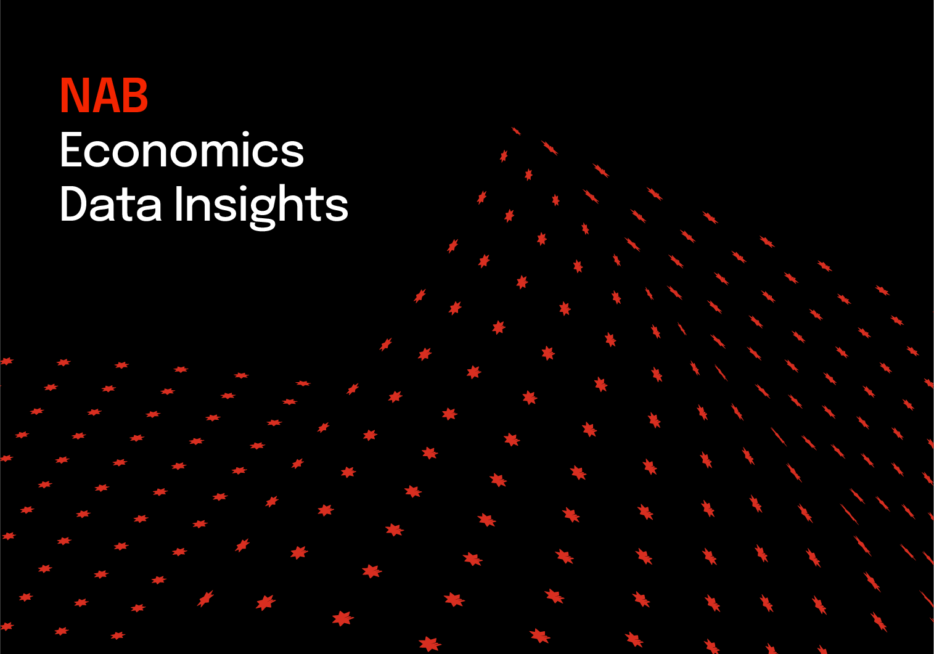Total consumer spending grew 0.7% in July


Insight
August saw another rise in global equity prices despite increased talk from US Federal Reserve officials that suggest they are looking to raise US interest rates in either September or December.
Welcome to our monthly market update.
The rally in equity prices following the Brexit vote continued in August as companies moved through the earnings reporting season relatively unscathed. However, the gains in “bond proxy” yield stocks appears to have run its course as the US Fed begins to talk up interest rate rises. Many of the much-discussed risks remain, including a referendum in Italy, bad debts in Italian and Chinese banks, the US presidential election, South China Sea tensions and higher US interest rates. Against this backdrop, equity valuations continue to be elevated and on some measures (such as median price-to-earnings and price-to-book multiples in the US) valuations now exceed their prior peaks reached in February 2000, during the tech boom.
Equities: We remain neutral for International equities and moderately underweight for Australian equities. Earnings growth in international markets is expected to be stronger than in Australia. In the US and Europe, analysts are forecasting 13-15% earnings per share growth for 2017 with some of this growth due to higher energy and commodity prices. However, we continue to expect spot commodity prices to moderate, particularly if the US Dollar strengthens. We continue to see limited upside in Australian banks due to the slower top-line growth and pressure on net interest margins due to falling interest rates. In this environment, it is unlikely that expensive industrial stocks and low growth bond proxy stocks, such as utilities and telecommunications stocks, can drive the overall market materially higher.
Fixed income: Long-term government bond yields were mixed, with US, German and Japanese yields marginally higher over the month while yields in the UK and Australia were lower following rate cuts from the Bank of England and Reserve Bank of Australia. Global bond indices have returned 9% over the past year and with 20% of the world’s bonds trading at negative yields it is now almost mathematically impossible for a repeat of these returns over the next year. The likelihood of US rate hikes also supports a modest underweight of this asset class.
Property: We remain underweight against our benchmarks due to valuations. Like bonds, the strong past performance of property (especially listed property which has returned 17% over the past year) is unlikely to continue. We have already seen some tentative signs of investors rotating away from yield sectors and although we aren’t sure whether this will continue, we remain underweight.
Alternative assets: Traditional asset classes have experienced relatively strong returns and appear expensive on most metrics. In an environment of subdued growth, dialling down exposure to traditional interest rate-sensitive asset classes, in favour of non-correlated alpha strategies, makes sense. Should markets sell off or even track sideways, alternative assets should, in theory, be able to deliver attractive risk-adjusted returns, which is why we remain overweight.
Currency: The Australian Dollar has been range-bound between 75 and 77 US cents in August, helped by relatively stable commodity and equity prices. Our outlook for lower commodity prices and narrower interest rate differentials between Australia and other countries, such as the United States, supports our continued recommendation for being fully unhedged when investing in international equities.
August saw another rise in global equity prices despite increased talk from US Federal Reserve officials that suggest they are looking to raise US interest rates in either September or December:
In the United States, US Federal Reserve officials discussed interest rate increases and this led the market to price in a 70% chance of a rate hike by December. More recently the August non-farm payrolls report was a little weaker than expected, and the August ISM manufacturing and non-manufacturing indices contracted sharply. While some economists have dismissed these data points as one-offs, or the result of seasonal factors, it is likely that the US Federal Reserve will err on the side of caution and wait until December to raise interest rates.
In Europe, despite the vote to leave the European Union, the UK economy has continued to perform better than expected. Employment and wages growth were robust in the June quarter and the August services and manufacturing PMI surveys were relatively strong, probably helped by the Bank of England rate cut and stimulus program as well as the weaker Pound. Meanwhile the PMIs and retail sales figures have been volatile over the last two months, so it is likely too early to gauge how the economy is travelling post Brexit-vote.
In China, the economy continues to be well supported by government stimulus measures, although there was weaker growth in industrial production, fixed asset investment and retail sales in July. New house price growth, while still running at around 7.8% year-on-year, also appears to have peaked with only 51 cities recording price gains, compared with 65 cities in April.
In Australia, the economy continues to perform relatively well with June quarter GDP growth of 3.3% year-on-year, the highest annual rate of growth in four years. Low interest rates and low unemployment are helping to drive up house prices in Sydney and Melbourne and this has helped building approvals climb back towards the peak levels reached in early 2015. Strong housing investment and construction activity, along with government infrastructure spending, is helping to offset the drag from the contraction in mining investment. Despite the lower interest rate environment, consumers are using the opportunity to save, or repay mortgages, rather than spend, as retail sales growth has dropped to its slowest annual growth rate in three years.
© National Australia Bank Limited. ABN 12 004 044 937 AFSL and Australian Credit Licence 230686.